IF YOU ARE IN IMMEDIATE DANGER, CLICK THIS LINK TO FOLLOW TO THE COF EMERGENCY RESPONSE GUIDE ONLINE AND FOLLOW YOUR INSTITUTIONS POLICIES.
Boston Strong – Get ready, be safe, stay healthy
Emergencies don’t wait for you to prepare before they strike. They can happen at any time, anywhere. From hurricanes and blizzards to house fires and flooding, you need to be prepared and ready to protect yourself, your loved ones, and your community. Learn how you can prepare for an emergency by following these 4 simple steps:
- Get Ready: Access the information, plans, practice, and supplies you should have to prepare for all types of emergencies.
- Be Safe: Increase your knowledge about potential emergencies and develop the skills to keep each other safe before and after emergencies to prevent injury and illness.
- Stay Healthy: Learn how to improve your health before, during, and after an emergency to create better health outcomes for yourself and your loved ones.
- Pledge to Prepare: Take “The Pledge” to prepare yourself, your family, and your community for emergencies of all types.
Want to learn more? Participate in the DelValle Institute of Emergency Preparedness Community Preparedness Basics: Get Ready. Be Safe. Stay Healthy free online!
Community Resource List
- Alert Boston
- American Red Cross Safe and Well
- Boston Medical Reserve Corps (MRC)
- Boston Public Health Commission (BPHC)
- City of Boston
- Ready.Gov
- Massachusetts Department of Public Health (MDPH)
- MBTA Alerts
- Ready Boston
- Ready Boston Family Preparedness Planner
- Ready, Safe, Healthy
- Substance Abuse and Mental Health Services Administration (SAMHSA)
- U.S. Centers for Disease Control and Prevention (CDC)
- Mayor’s 24-Hour Constituent Service Hotline – (617) 635 – 4500
- Mayor’s Health Line (617) 534 – 5050
Types of Emergencies
Please see information about the following types of incidents. Click on the hyperlinks to select which emergency you would like to learn more about.
Terrorism:
Natural hazards:
Additional hazards:
- Fire
- Public Health Emergencies
- Shelter-in-Place / Lockdown / Evacuation
- Mental Health Emergencies / Suicide Threats
- Safety on the MBTA
- Sexual Assault
Active Threat
An active threat situation is when an individual, or multiple individuals, are engaged in an attempt to hurt or kill people in a confined or populated area. This can be in the form of an active shooter, bomb, or hostage crisis.
If an active threat is in your area, it is important to know how to respond. Call 9-1-1 when it is safe to do so, and provide important information such as the location and number of shooters, number and type of weapons used, potential victims, and an accurate physical description of the location and shooter(s).
Make a decision, trusting your instincts, to take action to protect yourself to survive the situation. You generally will have three options:
- Run (evacuate): Can you safely escape?
- Hide: Is there a good place to hide out or secure-in-place?
- Fight: Will you take out the shooter?
Run
- Know your organization’s emergency and evacuation plan. Have a safe route to escape and a plan in mind.
- Leave all belongings behind.
- Evacuate regardless of whether others agree to follow.
- Help others escape, if possible.
- Do not attempt to move the wounded – help will arrive.
- Prevent others from entering an area where the active shooter may be.
- Keep hands visible so law enforcement officers do not mistake you for having a weapon.
- Call 911 when you are safe.
Hide
- Hide in a secluded area, out of the shooter(s)’ view.
- Block the entry to hiding places by any means necessary. Use tables, chairs, bookshelves, and other objects to obstruct the entrance. Lock the doors, and cover any windows.
- Silence your cell phone (including vibrate mode) and remain quiet.
Fight
- Fight as a last resort and only when your life is in imminent danger.
- Act with as much physical aggression as possible.
- Improvise weapons or throw items at the active shooter.
- Commit to your actions . . . your life depends on it.
When Law Enforcement Arrives
- Know that law enforcement’s first task is to end the incident, and they may have to pass injured along the way.
- The priority of the first responders will be to identify the shooter and will need to ensure that you are not the shooter. Remain calm and follow all instructions given.
- Put down any items you may be carrying, such as jackets, bags, and keys.
- Keep hands raised with fingers spread. Hands should be visible at all times. Do not hold anything in your hands that could be mistaken for a weapon (including cell phones).
- Do not point, scream, or yell.
- Avoid sudden movements toward officers and running to them or holding on to them for safety.
- Do not stop to ask for help or directions while evacuating. It is important to move everyone as quickly as possible.
If You Are Outside When a Shooting Occurs
- Drop to the ground immediately, face down as flat as possible. If within 15-20 feet of a safe place or cover, duck and run to it.
- Move or crawl away from gunfire, trying to utilize any obstructions between you and the gunfire. Remember that many objects of cover may conceal you from sight, but may not be bulletproof.
- When you reach a place of relative safety, stay down and do not move. Do not peek or raise your head in an effort to see what may be happening.
- Wait and listen for directions from Campus Polce/Safety and law enforcement personnel.
Be Informed
- Sign up for active shooter training or take the COF Active Threat On Demand Course.
- If you see something, say something to an authority right away.
- Sign up to receive local emergency alerts and register your work and personal contact information with your institution.
- Be aware of your environment and any possible dangers.
- Register for RAVE Alerts on your campus.
Make a Plan
- Make a plan with your family, and ensure everyone knows what they would do, if confronted with an active shooter.
- Look for the two nearest exits anywhere you go, and have an escape path in mind & identify places you could hide.
Learn more about Active Threat and Active Shooter with the following resources:
DHS – Active Shooter Preparedness
Ready.gov – Active Shooter Preparedness
DHS – See Something, Say Something
Indiana State Police – Active Shooter Preparedness
FBI – Active Shooter Resources
Video – Run. Hide. Fight.
Video – FEMA Active Shooter Scenario
Radiation Emergencies
Get Inside
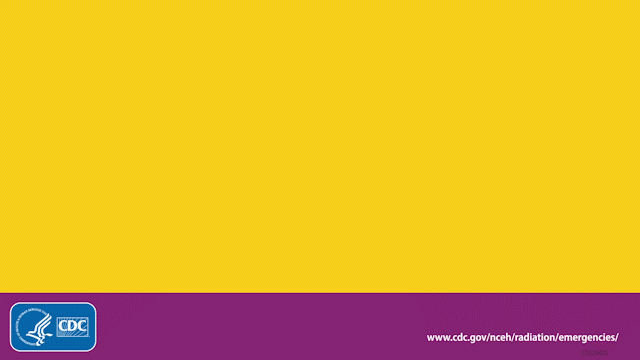
During a radiation emergency, you may be asked to get inside a building and take shelter for a period of time.
- This action is called “sheltering in place.”
- Get to the middle of the building or a basement, away from doors and windows.
- Bring pets inside.
Stay Inside
Staying inside will reduce your exposure to radiation.
- Close and lock windows and doors.
- Take a shower or wipe exposed parts of your body with a damp cloth.
- Drink bottled water and eat food in sealed containers.
Stay Tuned
Emergency officials are trained to respond to disaster situations and will provide specific actions to help keep people safe.
- Use radios, televisions, computers, mobile devices, and other tools to get the latest information.
- Emergency officials will provide information on where to go to get screened for contamination.
Hurricane Preparedness
A hurricane is a tropical storm with winds that have reached a constant speed of 74 miles per hour or more. The eye of a storm is usually 20-30 miles wide and may extend over 400 miles. The dangers of a storm include torrential rains, high winds and storm surges. A hurricane can last for 2 weeks or more over open water and can run a path across the entire length of the Eastern Seaboard.
The Saffir-Simpson Hurricane Wind Scale is a 1 to 5 rating based only on a hurricane’s maximum sustained wind speed. This scale does not take into account other potentially deadly hazards such as storm surge, rainfall flooding, and tornadoes.
The Saffir-Simpson Hurricane Wind Scale estimates potential property damage. While all hurricanes produce life-threatening winds, hurricanes rated Category 3 and higher are known as major hurricanes*. Major hurricanes can cause devastating to catastrophic wind damage and significant loss of life simply due to the strength of their winds. Hurricanes of all categories can produce deadly storm surge, rain-induced floods, and tornadoes. These hazards require people to take protective action, including evacuating from areas vulnerable to storm surge.
*In the western North Pacific, the term “super typhoon” is used for tropical cyclones with sustained winds exceeding 150 mph.
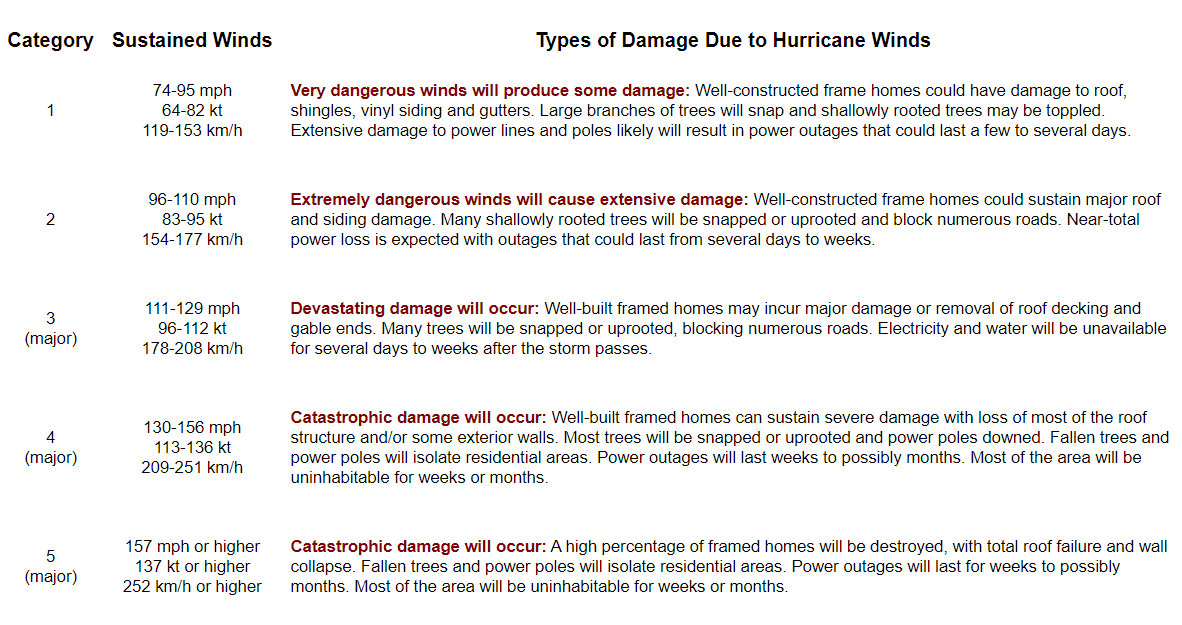
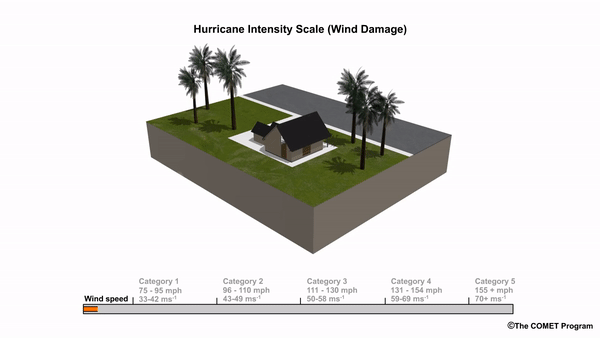
What You Can Do to Prepare
Know Your Zone – In Massachusetts, there are three designated hurricane evacuation zones – Zone A, Zone B, and Zone C, for coastal areas of the state at risk for storm surge flooding during hurricanes. Visit MEMA’s interactive hurricane evacuation zone map to learn if you live or work in a hurricane evacuation zone: www.mass.gov/knowyourzone. COF is located in Zone C.
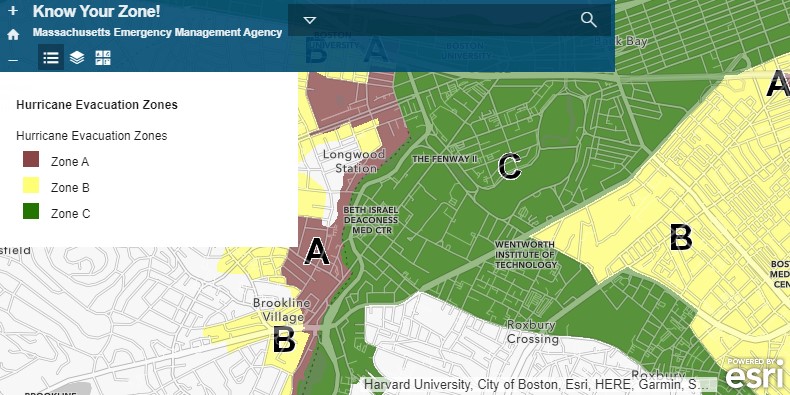
Make an Emergency Plan – Talk to your family and create an emergency plan of how your family would evacuate, shelter in place, and stay in touch. Consider children, seniors, individuals with disabilities and medical needs, and pets in your emergency plans. https://www.mass.gov/info-details/make-a-family-emergency-plan
Build an Emergency Kit – Build an emergency kit that includes all the items your household would need for three to five days without power. Every emergency kit should include bottled water, food, a flashlight, a radio and extra batteries, a first aid kit, and personal & hygiene items. Kits should also be customized for any additional items your family would need to give medical conditions, pets, and other considerations: https://www.mass.gov/info-details/build-an-emergency-kit. Make sure to include important documents, such as birth certificates and international documentation, in waterproof sleeves.
Stay Informed – Individuals should have several ways to receive emergency alerts. Residents are urged to sign up for their community’s local notification systems. Other ways to receive alerts and information include the Emergency Alert System, Wireless Emergency Alerts, NOAA Weather Radio, and social and traditional news media. The Commonwealth’s 2-1-1 hotline is available 24×7 for non-emergency assistance and is available with translation in 150+ languages and can be accessed via video relay services. https://www.mass.gov/info-details/be-informed-and-receive-emergency-alerts. All COF institutions also use RAVE Alerts. Please learn more about the COF RAVE Alert systems and registration on the COF RAVE Alerts Webpage.
- MEMA Twitter – https://twitter.com/MassEMA
- MEMA Facebook – https://www.facebook.com/MassachusettsEMA
- Massachusetts 211 – https://mass211.org/
- National Weather Service Boston – https://www.weather.gov/box/
- National Hurricane Center – https://www.nhc.noaa.gov/
Tornado Preparedness
A tornado is a violently rotating column of air touching the ground, usually attached to the base of a thunderstorm. Tornadoes are nature”s most violent storms. Spawned from powerful thunderstorms, tornadoes can cause fatalities and devastate a neighborhood in seconds. Winds of a tornado may reach 300 miles per hour. Damage paths can be in excess of one mile wide and 50 miles long. Strong downburst (straight-line) winds may also occur due to the same thunderstorm. Hail is very commonly found very close to tornadoes, as the strongest thunderstorms that spawn tornadoes are formed under atmospheric conditions that are also highly likely to make hail. Every state is at some risk from this hazard.
Some tornadoes are clearly visible, while rain or nearby low-hanging clouds obscure others. Tornadoes develop extremely rapidly and may dissipate just a quickly. Most tornadoes are on the ground for less than 15 minutes.
Before a tornado hits, the wind may die down and the air may become very still. A cloud of debris can mark the location of a tornado even if a funnel is not visible. Tornadoes generally occur near the trailing edge of a thunderstorm. It is not uncommon to see clear, sunlit skies behind a tornado.
The National Weather Service issues watches and warnings to alert the public of potentially dangerous weather. Understanding the difference between watches and warnings is important so you know what to do to stay safe.
- A watch means that the weather conditions are favorable for dangerous weather. If a watch is issued, then you should be alert to changing weather conditions.
- A warning means that severe weather is already occurring, or is likely to occur, and that you should take protective actions to stay safe.

Tornadoes are not measured as they happen. It takes surveyors to look at the damage to determine what wind speed could have caused the destruction. Also, they need to differentiate whether the wind damage was caused by a tornado or just straight-line winds.
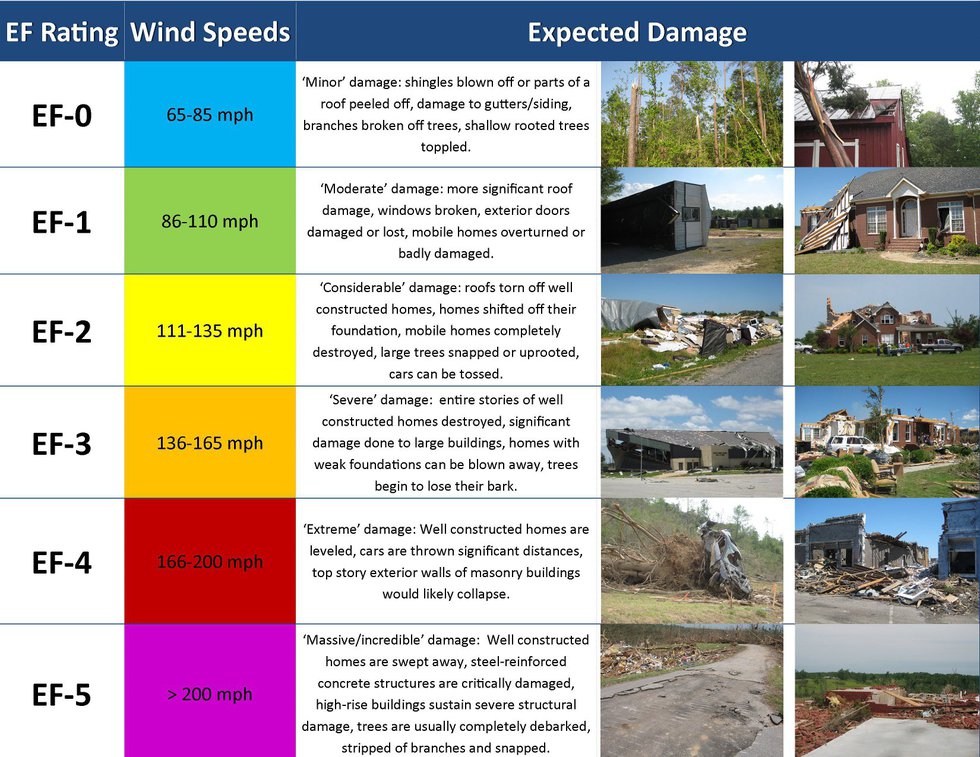
Winter Weather Emergencies
Winter in Boston can bring cold temperatures and strong winds that result in dangerously cold wind chill temperatures. Prepare for cold weather by checking the National Weather Service weather forecast and dressing correctly for the cold weather. When venturing outside in the cold and snow, make sure you prepare and protect yourself.
- make an emergency plan
- wear multiple layers to insulate from the cold
- wear a wind and waterproof jacket as the outer layer
- wear a hat and gloves/ mittens
- wear waterproof boots
- wear scarf or face mask
- cover exposed skin
- minimize your time outdoors
- prepare for potential power outages
If you have to be outside then make sure you known the signs and symptoms of frostbite and hypothermia and are prepared to take action.

Heat Emergencies
Learn more Heat Safety Tips at the National Weather Center Heat Website: https://www.weather.gov/safety/heat
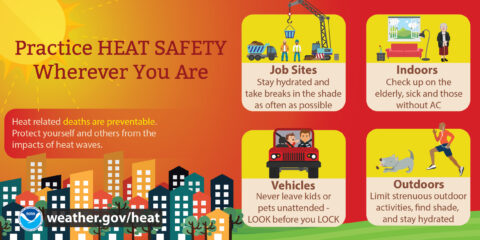
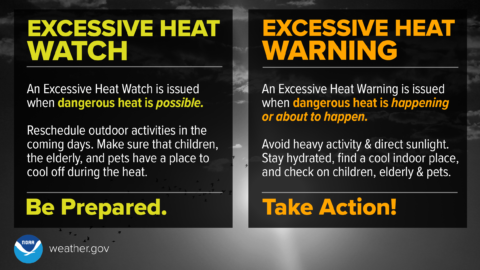
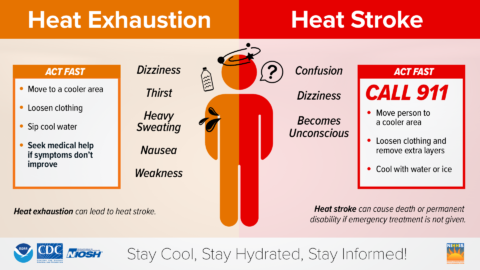
Water Emergencies
Safety on the MBTA
For more information on how can stay safe on the MBTA, please follow the MBTA safety website: https://www.mbta.com/safety
Sexual Assault
Some things may be out of our control, but you can takes measures to help prevent sexual assault. Keep these things in mind:
- If you’re going on a first or blind date, go out with a group of friends and/or to a public place, such as a restaurant.
- If you are going somewhere alone, consider sharing your location with a friend and confirming arrival home times.
- Make sure your cell phone is charged and that you have money to leave the establishment safely through a ride share, taxi, or public transportation. Your institution may also offer late night pick up/drop off options via public safety.
- Be aware that alcohol and drugs can impair your judgement and ability to make clear decisions.
- Keep your drink with you ar all times. Do not accept drinks from people, regardless of your familiarity with them.
- Confirm that sexual advances are desired and consent to proceed forward has been established before partaking in sexual behavior. You always have the right to say no at any time during sexual behavior, or familiar behavior. Consent can be revoked during sexual behavior and should be respected.
- Listen to your “gut feeling”. If a situation seems suspicious or you sense you might be in danger, leave immediately and go to a safe place.
- Talk to your friends and agree on a plan when going somewhere unfamiliar. Let them know if you plan to leave with someone, where you are going, and when you expect to be back.
- Sexual assault can occur with a romantic partner. You can say no to sexual activity of any means, regardless of your relationship.
Be an active bystander
If you think someone is at risk for sexual assault or cannot consent, consider it an emergency and get involved. Attempt to remove the individual from a dangerous situation. If you believe your safety is at risk if you intervene, call campus safety or the police. Don’t wait for someone else to act.
- Approach everyone as a friend.
- Be honest and direct.
- Don’t be aggressive or use violence.
- Keep yourself safe.
- Get help from other bystanders, if necessary.
- Call public safety or the police if the situation becomes violent.
Other ways to combat sexual assault
Talk to your friends who have expressed violent feelings or behavior. Assist them in getting help from a counselor or other professional. Speak up against false comments or jokes about sexual assault, and educate people when possible. Sexual assault is a serious offense and comments trivializing or humorizing it can be demeaning. Remember that sexual assault occurs globally and that you may be speaking with someone who has experienced sexual assault or knows someone who has.
If you have experienced sexual assault
There is help for those who have experienced sexual assault. Please contact campus safety or your institution’s counseling center. There, you may determine what next steps you would like to take. Your well-being is incredibly important, and there are many resources available both on and off campus that you can partake in.